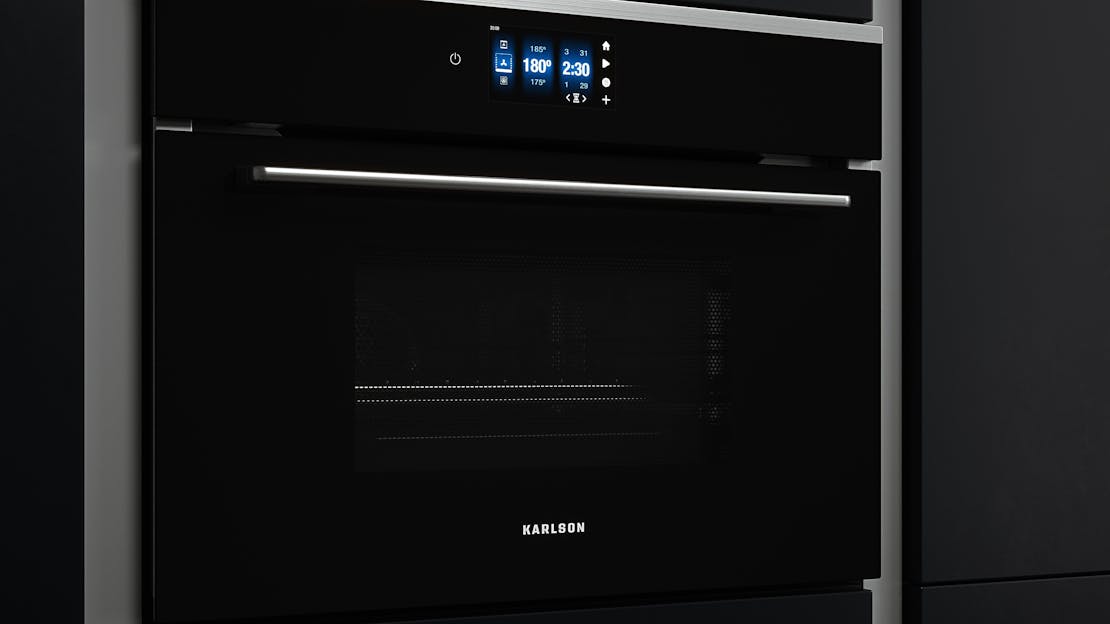
FAQ - Microwaves
Welcome to our Microwave FAQ, your go-to resource for all things microwave-related. Microwaves have become an indispensable kitchen appliance, offering convenience and speed for reheating, cooking, and defrosting a wide variety of foods. In this FAQ, we'll explore the many facets of microwave ovens, from understanding their different types and features to addressing safety concerns and providing cooking tips. Whether you're a beginner or an experienced cook, this FAQ will help you make the most of your microwave oven and answer any questions you may have.
Do you need to leave space behind a microwave?
Yes, it's essential to provide clearance space behind and around a microwave for proper ventilation. The required space may vary depending on the model, so consult your microwave's user manual for specific clearance guidelines. As a general rule, it's advisable to leave at least 5 cm (2 inches) of space on all sides.
How much room is needed around a microwave?
The amount of space required around a microwave can differ, but a general rule of thumb is to maintain a minimum of 5 cm (2 inches) of clearance on all sides to ensure adequate ventilation. Refer to your microwave's user manual for manufacturer-specific recommendations.
Is it safe to have a microwave in a cupboard?
It is generally not safe to install a microwave inside a cupboard unless the cupboard is explicitly designed for built-in microwaves with proper ventilation. Enclosing a microwave in a cupboard without adequate ventilation can lead to overheating and safety hazards.
Can a freestanding microwave be built in?
Certain freestanding microwaves can be converted into built-in units using compatible microwave trim kits. These kits are designed to provide a seamless built-in appearance while ensuring proper ventilation. Check with your microwave's manufacturer to verify compatibility and recommended trim kits.
What is the difference between freestanding and built-in microwaves?
Freestanding microwaves are designed to sit on countertops or other surfaces and do not require installation within cabinetry. Built-in microwaves, conversely, are intended to be installed in cabinets or wall units and usually require a trim kit for a custom, integrated look.
Should you cover food in a microwave?
Yes, it's advisable to cover food when heating it in a microwave. Covering helps prevent splattering and ensures even heating. You can use microwave-safe lids, microwave-safe paper towels, microwave-safe plastic wrap, or a microwave-safe microwave cover.
What is the safest thing to cover food in a microwave?
The safest options for covering food in a microwave are microwave-safe lids, microwave-safe microwave covers, or microwave-safe glass or ceramic plates. Avoid using regular plastic wrap, as it may not be suitable for microwave use. Always use cookware and covers explicitly labelled as microwave-safe to avoid potential hazards.
